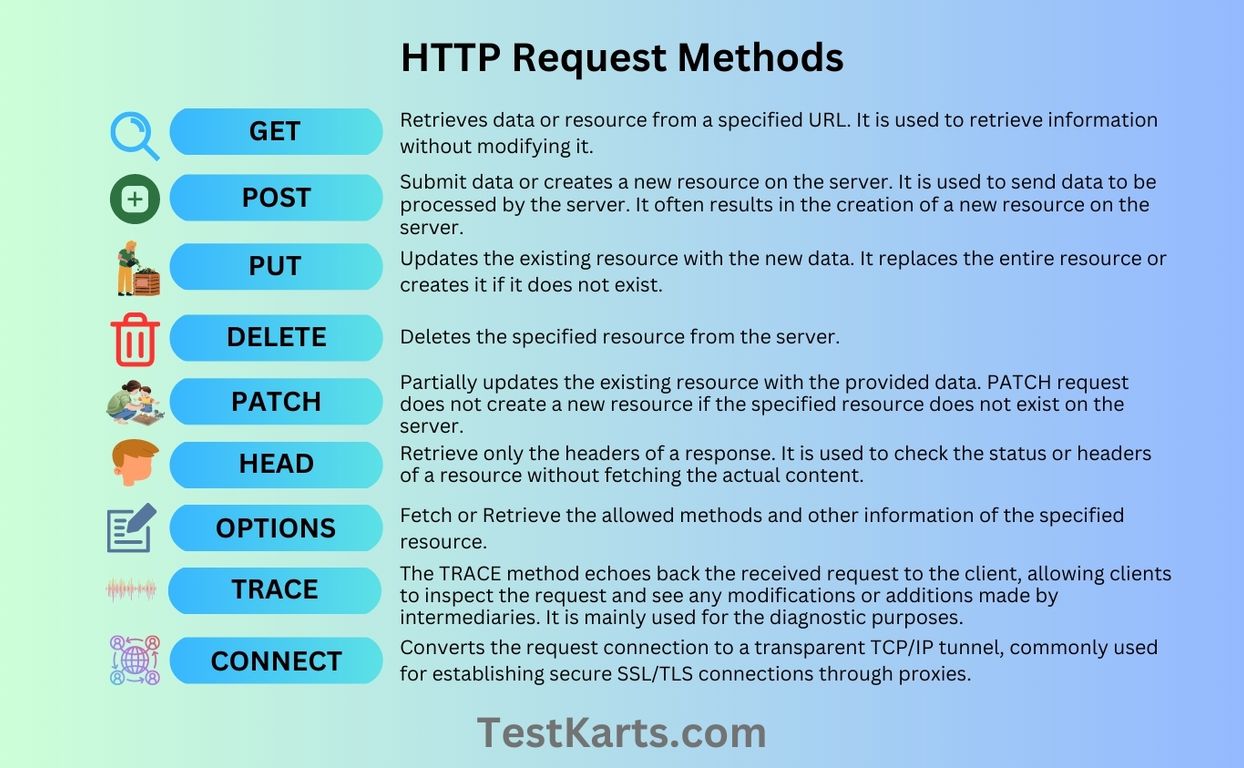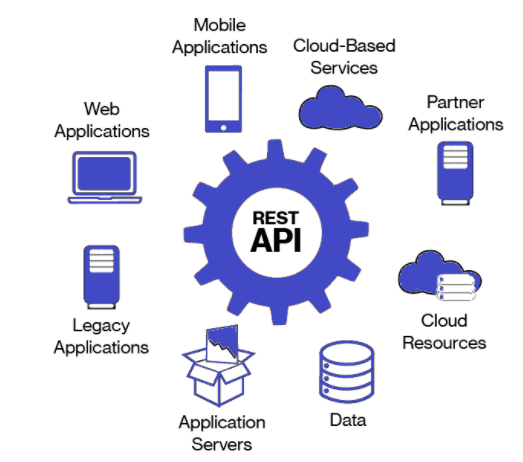Introduction
APIs are a scam. At least, that's what some people believe. They argue that APIs overcomplicate simple tasks. But what if they’re wrong? What if RESTful APIs are actually the secret to seamless integration and efficient workflows? In this guide, we'll explore how RESTful APIs work, why they matter, and how they can simplify your life. By the end, you’ll see why RESTful APIs aren't just technical jargon but essential tools for modern development. Let’s dive in.
Core Components of RESTful API

In the world of web development, understanding the core components of a RESTful API is essential. These components allow applications to communicate effectively and efficiently. By grasping these elements, you can build and use APIs with ease, making your development process smoother.
Resources and URIs
Resources represent any entity you want to manage, like users, orders, or products. Each resource is accessed via a Uniform Resource Identifier (URI).
Resources: Imagine an online library. Each book is a resource. You can access a specific book using its URI, like http://onlinelibrary.com/books/123.
URIs: URIs are addresses for resources. In the library example, books/123 points to a specific book in the catalog.
HTTP Methods (GET, POST, PUT, DELETE, etc.)

HTTP methods define actions on resources, making API operations consistent.
GET: Retrieves data. Viewing a product on an e-commerce site uses a GET request.
POST: Sends data to create a resource. Signing up on a website uses a POST request.
PUT: Updates an existing resource. Editing your profile information triggers a PUT request.
DELETE: Removes a resource. Deleting a photo from a gallery uses a DELETE request.
Status Codes
Status codes are server responses indicating the outcome of your request.
200 OK: Request succeeded. A web page loading correctly.
201 Created: New resource created. A new blog post was published.
400 Bad Request: Client error. Entering an invalid URL.
404 Not Found: Resource not found. Trying to visit a non-existent page.
500 Internal Server Error: Server-side issue. Server down or malfunctioning.
Benefits of Using RESTful API
Adopting RESTful API offers numerous advantages that can significantly enhance your web development projects. These benefits make RESTful APIs a preferred choice for many developers, helping to create robust and efficient applications.
Scalability
RESTful API are designed to handle large amounts of traffic and data. They allow services to grow and manage increased demand without performance issues. This scalability ensures that applications remain responsive and efficient as they expand.
Flexibility
RESTful API are not tied to any specific technology or platform, making them versatile. They can interact with various types of clients, from mobile apps to web applications, ensuring consistent data and functionality across different environments.
Performance
These APIs are optimized for performance, making interactions between client and server efficient. By using standard HTTP methods, they reduce latency and enhance the speed of data exchanges, providing a smooth user experience.
Simplicity
RESTful API use standard HTTP methods and status codes, which are easy to understand and implement. This simplicity reduces the learning curve for developers and speeds up the development process, allowing for quick integration and maintenance.
Designing RESTful API

Designing a RESTful API involves following certain best practices to ensure efficiency, scalability, and ease of use.
Best Practices for URL Structure
A well-structured URL is crucial for a RESTful API. It should be clear and hierarchical, representing the resource and its relationships.
Use simple and descriptive nouns.
Keep URLs readable and consistent.
Avoid using verbs in the URL path.
Use of HTTP Methods
Correct usage of HTTP methods ensures that your API behaves predictably.
GET: Fetches data.
POST: Creates a new resource.
PUT: Updates an existing resource.
DELETE: Removes a resource.
These methods standardize interactions with the API, making it easier to use and integrate.
Versioning
Versioning helps manage changes and updates to the API without disrupting existing users.
Use a version number in the URL.
Maintain backward compatibility.
Allow for incremental improvements.
Handling Errors
Proper error handling enhances the user experience by providing clear, informative messages.
Use appropriate HTTP status codes.
Provide meaningful error messages.
Include details to help diagnose issues.
Documentation Importance
Comprehensive documentation is vital for a RESTful API. It guides users on how to interact with the API, covering all endpoints, methods, and expected responses.
Include examples of requests and responses.
Provide detailed descriptions of endpoints.
Explain error codes and possible solutions.
Core Difference Between Rest API vs RESTful API

In this section, you’ll find the core differences between Rest API vs RESTful API.
REST API
In the battle of Rest vs RESTful API, here are pointers of Rest API.
Definition: REST (Representational State Transfer) is an architectural style for designing networked applications.
Principles: Adheres to six constraints: uniform interface, statelessness, cacheability, client-server architecture, layered system, and code on demand (optional).
Protocol: Typically uses HTTP/HTTPS for communication.
Resource-Based: Treats server-side data as resources that can be created, read, updated, and deleted.
Operations: Uses standard HTTP methods (GET, POST, PUT, DELETE, etc.).
Format: Supports multiple formats like JSON, XML, HTML, etc.
Focus: More on the guidelines and principles of creating scalable and interoperable web services.
RESTful API
In the differences between Rest vs RESTful API, here are the pointers of RESTful API:
Definition: A RESTful API is an implementation of the REST architectural style.
Compliance: Strictly adheres to REST principles and constraints.
URL Structure: Emphasizes clean and readable URLs (e.g., /users/{id}).
Stateless: Each request from a client to a server must contain all the information the server needs to fulfill that request.
Resource Identification: Uses URIs to identify resources.
Interactions: Uses HTTP methods explicitly and consistently (GET for reading, POST for creating, etc.).
Scalability: Designed to improve scalability and performance of web services.
Key Differences of Rest API vs RESTful API
The main key differences of Rest API vs RESTful API are the following:
In the Rest API vs RESTful API, REST API is the broader concept. Meanwhile RESTful API refers to a specific implementation that strictly follows REST principles.
RESTful API emphasizes more on clean, predictable, and maintainable URLs and request methods.
Frequently Asked Questions (FAQs)
How does RESTful API differ from SOAP?
RESTful APIs are lightweight and use HTTP, making them faster and easier to use. SOAP APIs are more rigid, use XML, and require more bandwidth.
What are the key principles of REST?
The key principles of REST include statelessness, client-server architecture, cacheability, layered systems, code on demand, and uniform interface.
How do you authenticate RESTful API?
Common authentication methods for RESTful APIs include API keys, OAuth, JWT (JSON Web Tokens), and basic authentication.
What are common HTTP methods used in RESTful API?
Common HTTP methods are GET (retrieve), POST (create), PUT (update), DELETE (remove), PATCH (partial update), and OPTIONS (describe communication options).
Why is RESTful API design important?
Good RESTful API design ensures scalability, performance, and ease of use. It improves communication between systems and enhances the developer experience.
